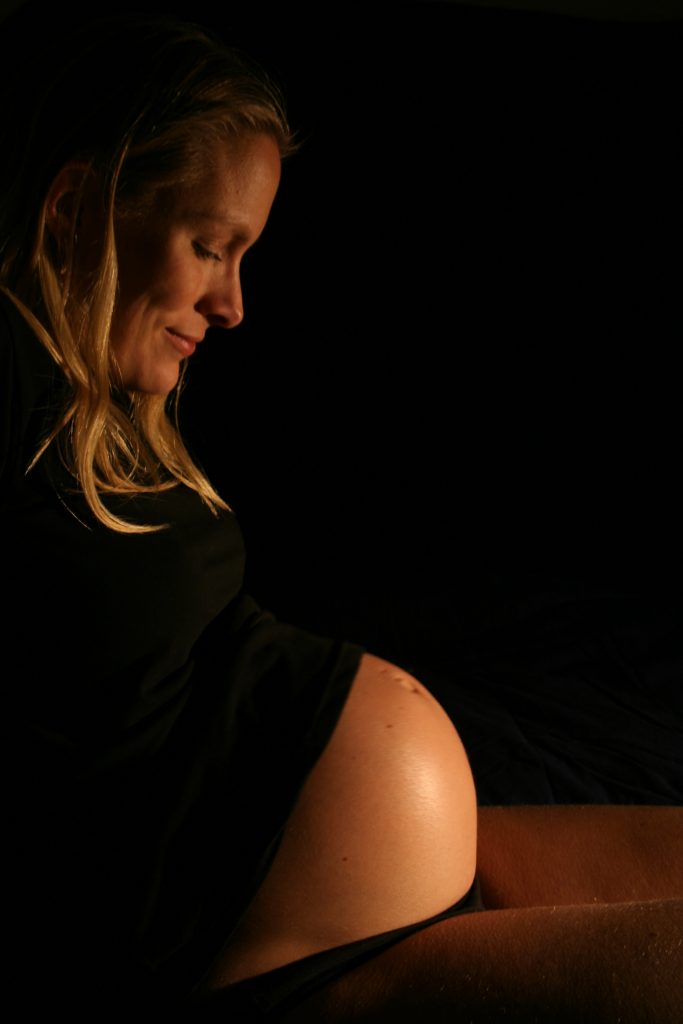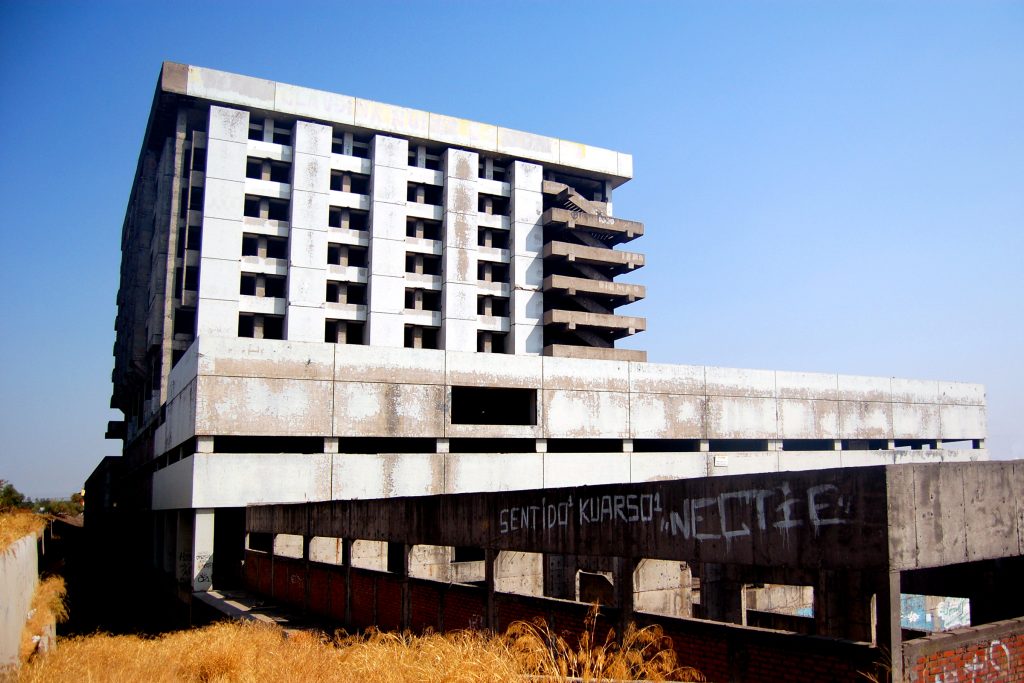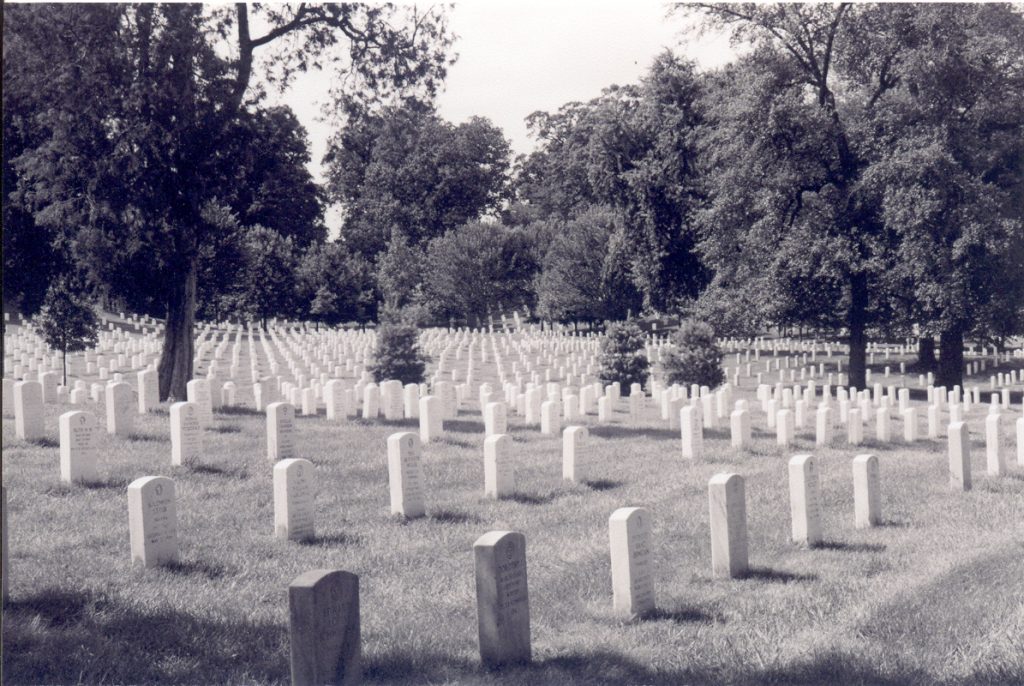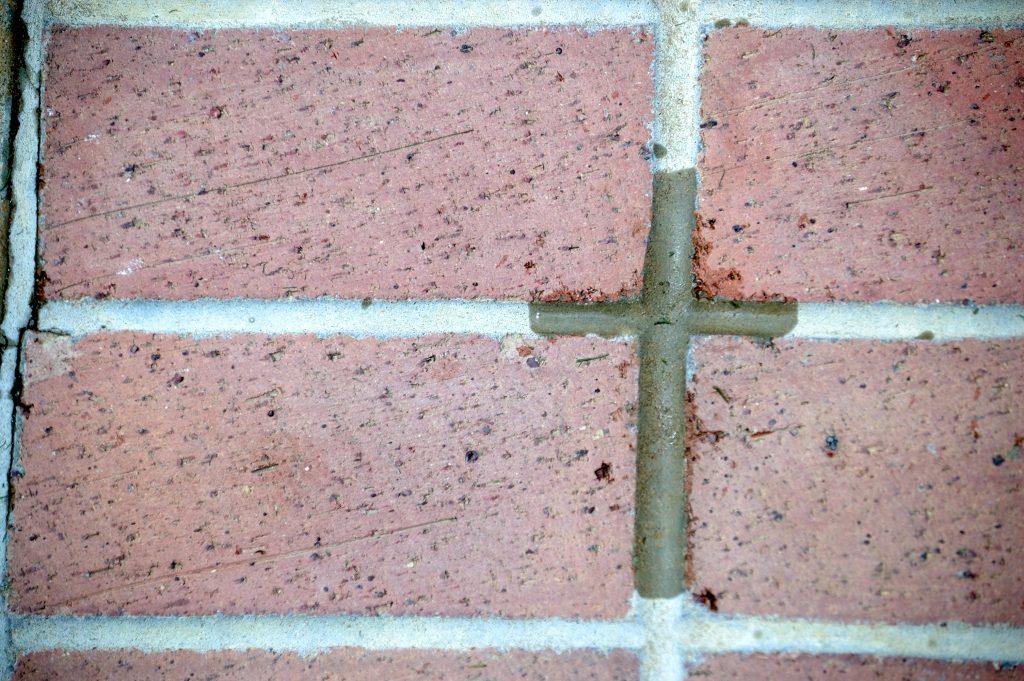 Police officers are tasked with enforcing the law and upholding civic order, but what happens when a person feels that a police officer ignored his or her constitutional rights; will the officer be held accountable? A case arising out of Alexandria examines this question through the issue of excessive force and the qualified immunity defense involved in police officer shootings.
Police officers are tasked with enforcing the law and upholding civic order, but what happens when a person feels that a police officer ignored his or her constitutional rights; will the officer be held accountable? A case arising out of Alexandria examines this question through the issue of excessive force and the qualified immunity defense involved in police officer shootings.
Darnell Willis called 911 on November 26, 2008, requesting assistance for her intoxicated boyfriend, Richard Goss. Officer Clinton Fairbanks and emergency medical technicians (EMTs), Russell Boney and Joshua Tam, responded. Upon arrival, Fairbanks spoke to Goss from the doorway and signaled the EMTs to enter. As the EMTs left to question Willis, Boney noticed Goss move from the center to the left side of his bed, so Boney returned and Fairbanks remained in the doorway. Boney could not hear or see inside, so Fairbank’s testimony is the only evidence about Goss’ behavior.
According to the testimony, Fairbanks asked Goss what the problem was and Goss answered that both he and [Fairbanks] had weapons. Goss continued to scoot towards the head of the bed and Fairbanks asked Willis whether Goss had weapons. Before Willis answered, Fairbanks, heard Goss say that he had his weapon too. Goss reached the side of the bed and moved his hand toward the bottom of the mattress. Boney heard Fairbanks yell several times at Goss to put his hands up. Fairbanks drew his weapon and told Goss to not ‘do it’, but Goss kept moving. Fairbanks then shot Goss three times, killing him.
 Louisiana Personal Injury Lawyer Blog
Louisiana Personal Injury Lawyer Blog


 While having a child and starting a family is something that many couples look forward to in their lives, pregnancy can be very painful and burdensome on the mother. There are many drugs that can help prevent the negative side effects of pregnancy, like nausea and morning sickness, however, those drugs can sometimes do more harm than good. Nothing is worse than going through a difficult pregnancy, and then having a child born prematurely with birth defects because of drugs that were supposed to help.
While having a child and starting a family is something that many couples look forward to in their lives, pregnancy can be very painful and burdensome on the mother. There are many drugs that can help prevent the negative side effects of pregnancy, like nausea and morning sickness, however, those drugs can sometimes do more harm than good. Nothing is worse than going through a difficult pregnancy, and then having a child born prematurely with birth defects because of drugs that were supposed to help. In Louisiana, a party is responsible for the full extent of injuries he or she causes to another. Lawsuits stemming from these incidents usually arise over which party is more at fault or if any of the injuries were actually caused by the event at issue. Whether the party at fault has to pay the undisputed medical expenses is rarely at the center of these disputes, however, the following case from St. Bernard Parish, details why an injured party had to bring that very issue to appeal.
In Louisiana, a party is responsible for the full extent of injuries he or she causes to another. Lawsuits stemming from these incidents usually arise over which party is more at fault or if any of the injuries were actually caused by the event at issue. Whether the party at fault has to pay the undisputed medical expenses is rarely at the center of these disputes, however, the following case from St. Bernard Parish, details why an injured party had to bring that very issue to appeal. The average person experiences a great deal of emotion after a serious injury. The injured person is rushed to the hospital and places a great deal of faith in doctors to treat and diagnose injuries. Sometimes a medical professional fails to accurately diagnose a patient’s injuries, which can lead to a potential lawsuit against the doctor, hospital, or usually both.
The average person experiences a great deal of emotion after a serious injury. The injured person is rushed to the hospital and places a great deal of faith in doctors to treat and diagnose injuries. Sometimes a medical professional fails to accurately diagnose a patient’s injuries, which can lead to a potential lawsuit against the doctor, hospital, or usually both. Lest anyone think college is all about classrooms and books, many universities today offer a panoply of extra curricular amenities for students to enjoy. One of the main attractions is student recreation centers. At Louisiana State University (LSU), the University Student Recreation Center (UREC) is a place where students can go with friends and guests to exercise and participate in recreational activities such as indoor rock wall climbing.
Lest anyone think college is all about classrooms and books, many universities today offer a panoply of extra curricular amenities for students to enjoy. One of the main attractions is student recreation centers. At Louisiana State University (LSU), the University Student Recreation Center (UREC) is a place where students can go with friends and guests to exercise and participate in recreational activities such as indoor rock wall climbing. Facts are one of the foundations of a successful lawsuit. In an effort to thwart a plaintiff’s chance at relief, a defendant may file an exception of no cause of action in response to a plaintiff’s complaint. An exception of no cause of action alleges that the plaintiff’s lawsuit has no legal validity, and therefore, the plaintiff has no claim. The following case out of Orleans Parish illustrates such an objection and the importance of facts, especially when those facts validate a claim that could be barred by immunity.
Facts are one of the foundations of a successful lawsuit. In an effort to thwart a plaintiff’s chance at relief, a defendant may file an exception of no cause of action in response to a plaintiff’s complaint. An exception of no cause of action alleges that the plaintiff’s lawsuit has no legal validity, and therefore, the plaintiff has no claim. The following case out of Orleans Parish illustrates such an objection and the importance of facts, especially when those facts validate a claim that could be barred by immunity. In Louisiana, the law allows a person to seek financial compensation against another person who has caused his or her injuries or failed to prevent the injuries if such a duty existed. A person has a responsibility not to harm others by their actions or with things in their possession. A Louisiana landlord has a special duty to his or her tenants to provide a safe building and will be held responsible if a tenant is injured as a result of the Landlord’s failure to repair a defect in the building that he or she knew about or should have known about. The following case illustrates some of these issues.
In Louisiana, the law allows a person to seek financial compensation against another person who has caused his or her injuries or failed to prevent the injuries if such a duty existed. A person has a responsibility not to harm others by their actions or with things in their possession. A Louisiana landlord has a special duty to his or her tenants to provide a safe building and will be held responsible if a tenant is injured as a result of the Landlord’s failure to repair a defect in the building that he or she knew about or should have known about. The following case illustrates some of these issues. Each year, thousands of people suffer from slip and fall accidents. From a legal perspective, it can be difficult to determine who, if anyone, is at fault. For example, in some slip and fall cases, a property owner can be held liable for the other party’s injuries. Property owners owe a duty of care to persons who use their premises. Owners are expected to keep the grounds in a reasonably safe condition.
Each year, thousands of people suffer from slip and fall accidents. From a legal perspective, it can be difficult to determine who, if anyone, is at fault. For example, in some slip and fall cases, a property owner can be held liable for the other party’s injuries. Property owners owe a duty of care to persons who use their premises. Owners are expected to keep the grounds in a reasonably safe condition. When a person is injured, a countdown begins. If you think you have a lawsuit, you need to file that lawsuit within a certain amount of time or else you will lose the right to that claim. Similar to what some states would call a statute of limitations, Louisiana uses something called “liberative prescription” or just “prescription.” Under this legal doctrine, after a certain amount of time has passed, a plaintiff can no longer bring their claim. The claim is treated as if it never came into being. In some cases, this period is one year. See
When a person is injured, a countdown begins. If you think you have a lawsuit, you need to file that lawsuit within a certain amount of time or else you will lose the right to that claim. Similar to what some states would call a statute of limitations, Louisiana uses something called “liberative prescription” or just “prescription.” Under this legal doctrine, after a certain amount of time has passed, a plaintiff can no longer bring their claim. The claim is treated as if it never came into being. In some cases, this period is one year. See  Driving is a dangerous and daily task for many people and becomes even riskier when roads aren’t conducive to safety. Adding modern distractions like cell phones and a splash of alcohol to the equation creates the perfect storm for a terrible collision. An incident in Lafayette, Louisiana demonstrates how the culmination of these factors can create difficulties when a court is trying to determine liability and damages.
Driving is a dangerous and daily task for many people and becomes even riskier when roads aren’t conducive to safety. Adding modern distractions like cell phones and a splash of alcohol to the equation creates the perfect storm for a terrible collision. An incident in Lafayette, Louisiana demonstrates how the culmination of these factors can create difficulties when a court is trying to determine liability and damages.